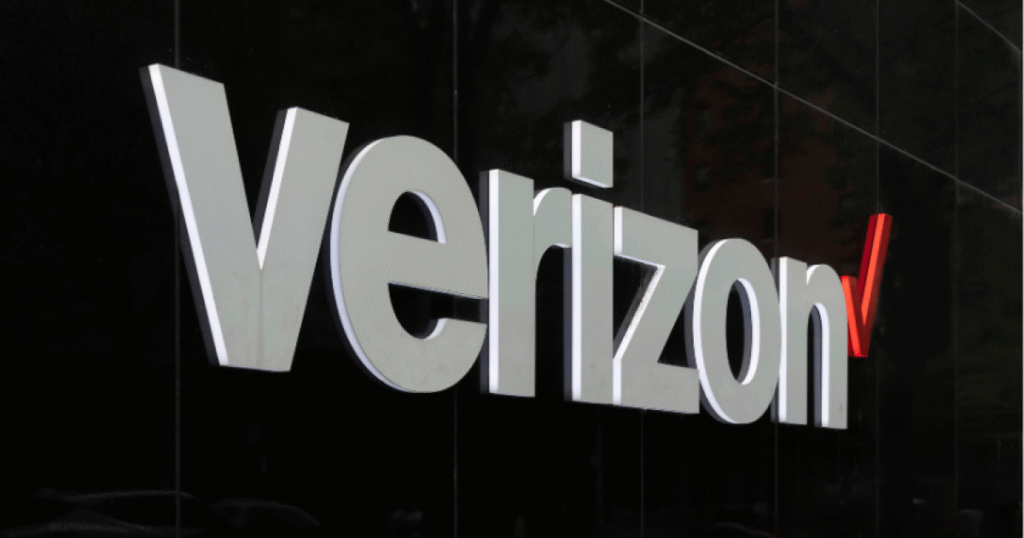The emergence of automation tools has created a transformative environment for small and medium-sized businesses (SMBs). A case in point is the new Verizon Business Assistant, which aims to streamline customer service through automation, addressing common queries, and enhancing operational efficiency. This tool introduces an automated response system that not only provides immediate support for common questions but also connects customers to live agents when necessary. It continuously learns over time, thereby improving its responses and subsequently reducing human intervention. The features of this platform mirror those of other automation solutions in the market, inviting scrutiny into the comparative advantages, limitations, costs, return on investment (ROI), and scalability of various AI platforms.
When analyzing Verizon Business Assistant in relation to other tools like Make and Zapier, several dimensions can be drawn for comparison. Both Make and Zapier function primarily as automation platforms designed to integrate various applications, triggering actions based on predefined conditions. Make allows intricate workflows with its visual scripting capability, appealing to users who favor complex automation solutions. However, it often requires a steeper learning curve compared to Zapier, which prides itself on user-friendliness and a more guided onboarding process, making it accessible to a wider audience, including non-technical SMB leaders.
Costs associated with these platforms vary and can significantly impact a business’s decision to adopt them. Zapier operates on a subscription-based model with tiered pricing levels, enabling businesses to select a plan aligning with their needs. In contrast, Make offers a more flexible pricing model that allows more extensive automation at potentially lower costs, particularly for businesses with higher-volume automation requirements. When weighing these aspects, decision-makers should perform a cost-benefit analysis to determine which platform aligns with their operational goals and budget.
From a ROI perspective, both platforms boast strong potential, but in different contexts. Zapier’s ease of use can lead to quicker implementation and immediate productivity gains for SMBs, while Make’s capacity for complex automations may offer superior long-term value for businesses requiring intricate systems integration and data manipulation. Therefore, organizations aiming for short-term gains might lean towards Zapier, while those with a strategic vision for investment in technology could find Make more aligned with their objectives.
In parallel, the Verizon Business Assistant incorporates vital features that resonate with the shift toward digital customer communication. Automated responses and SMS/MMS messaging are increasingly pertinent, particularly as consumer preferences evolve towards swift and simple digital interactions. By adopting a similar mechanism for capturing customer interactions, businesses can create a robust knowledge base over time, essential for improving response accuracy and enhancing customer satisfaction.
While Verizon Business Assistant thrives on customer engagement through its automation capabilities, it is essential to consider its limitations. Primarily, the reliance on automated responses may inadvertently lead to customer frustration when queries exceed the system’s understanding. In contrast, platforms like OpenAI and Anthropic are engineered to interpret nuanced customer intents, providing more sophisticated interaction capabilities. However, these platforms can also entail higher costs and a longer setup time, factors that SMBs must weigh against their specific operational needs.
Scalability is another pivotal consideration. Verizon Business Assistant, designed to support SMBs, may face constraints as organizations scale their operations. The effectiveness of automation tools hinges on their ability to grow alongside an enterprise. In this light, while OpenAI and Anthropic offer robust capabilities for more extensive deployments, they may also introduce complexities that require specialized knowledge to manage effectively. Therefore, the choice of an appropriate tool should align with an organization’s projected growth and resource availability.
In conclusion, the landscape of automation tools like Verizon Business Assistant, Make, Zapier, OpenAI, and Anthropic offers various options tailored to diverse business needs. Each platform presents unique strengths that can facilitate enhanced productivity, customer satisfaction, and operational efficiency, provided they are selected with an understanding of their strengths and weaknesses. Leaders in small and medium-sized businesses should conduct thorough analyses of these tools to ascertain what complements their strategy best, taking into account financial implications as well as capabilities to scale with their ambitions.
FlowMind AI Insight: The realm of automation is poised for continued evolution, and tools like Verizon Business Assistant exemplify the shift towards technology that enhances customer interactions. As businesses navigate these options, a strategic approach can lead to significant operational improvements and competitive advantages in the marketplace.
Original article: Read here
2025-03-18 07:00:00

